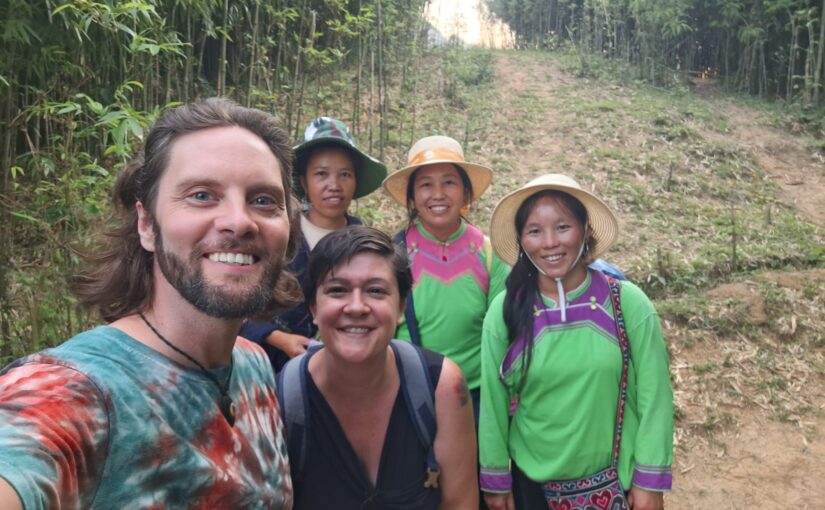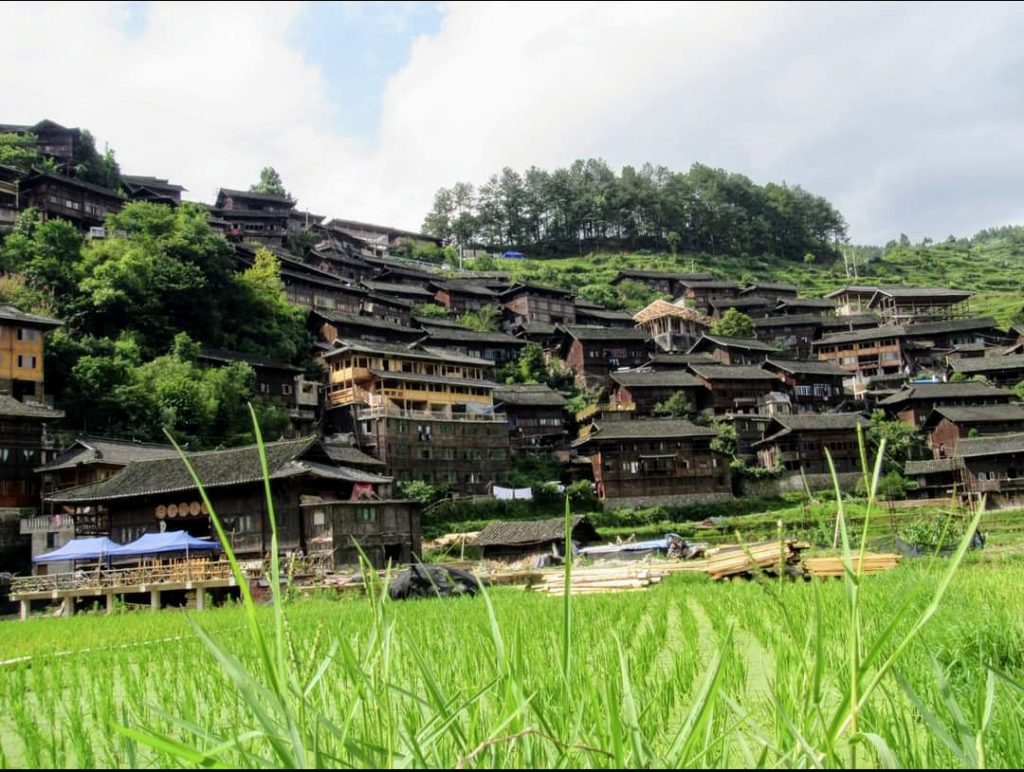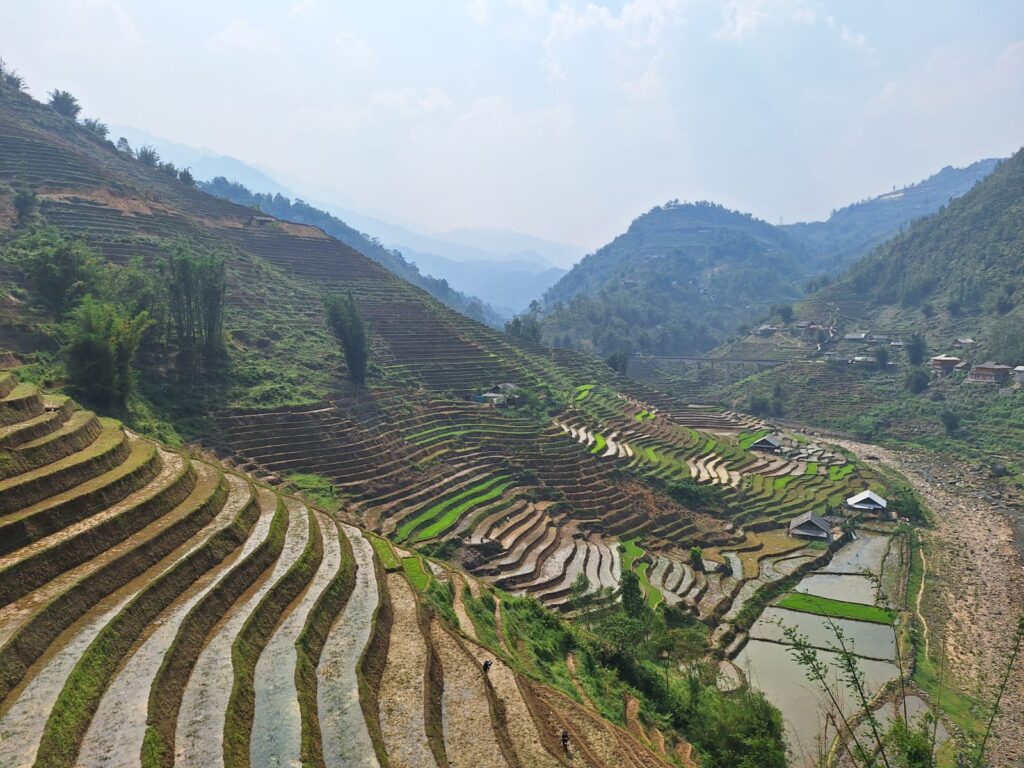As I mentioned in my last post, there are several ethnic groups located in the Sapa rice terraces. Most of our experiences were with local Hmong (pronounced a bit like ‘Mung’), so in my second post, I want to tell you a little about the Hmong people and their culture.
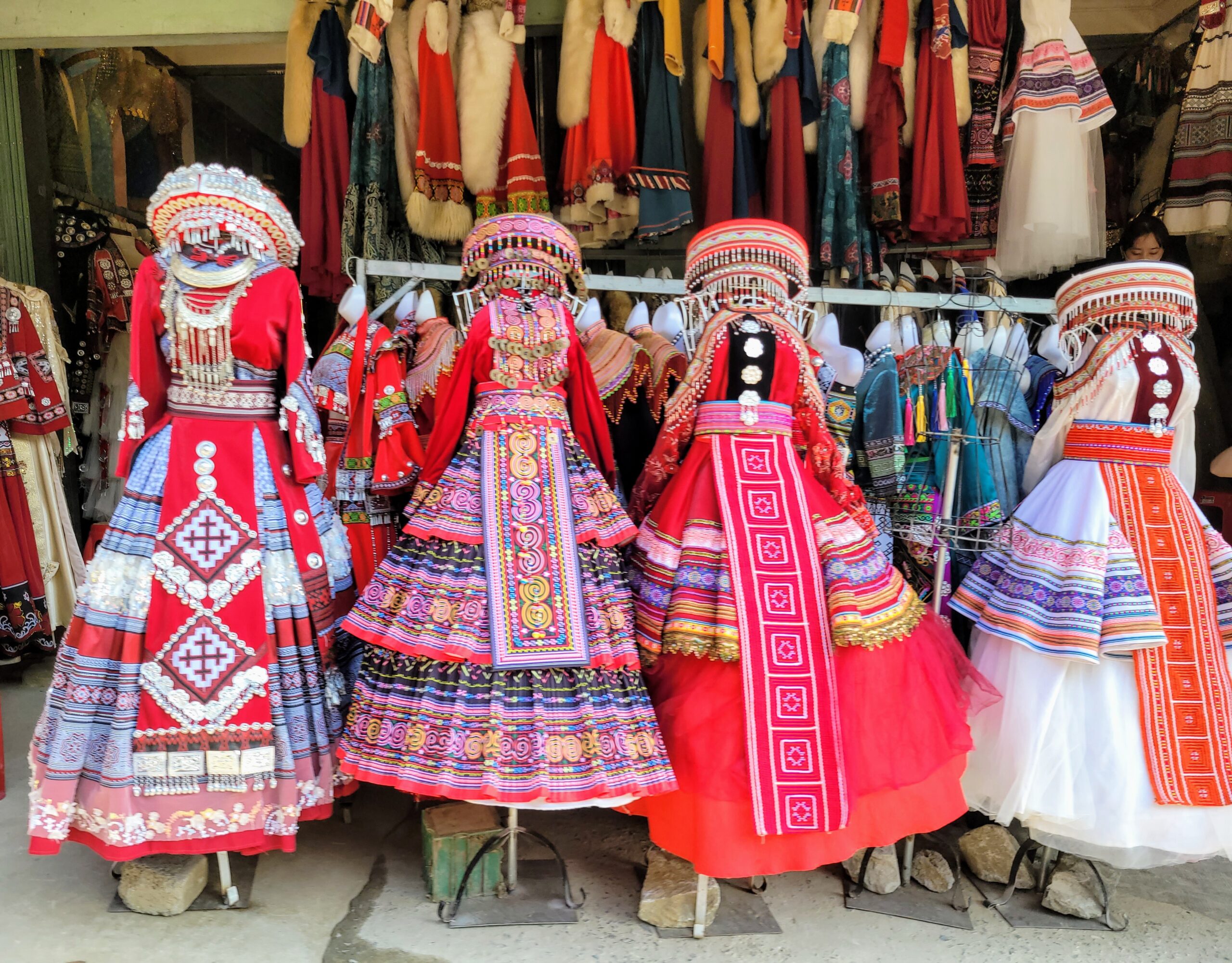
History
The Hmong people can be traced back 8,000 years, beginning in the Yellow River basin in China. There, they farmed barley, buckwheat, rice and corn (and later, opium). As the Han Chinese moved westward, however, the Hmong had to move too, or face persecution. Eventually, many fled to South East Asia, settling in Vietnam, Thailand and Laos. Some Hmong stayed in China, of course, and they are now called ‘Miao’. We visited several Miao villages when we were living in Guizhou, so the culture was already somewhat familiar to us.
Hmong Culture
In China, the Miao are easily identifiable by their silver jewellery and colourful traditional costumes. In Vietnam, the focus on silver isn’t as pronounced (we recently watched a documentary on China’s obsession with silver, that was really interesting!), but the textiles and traditional costumes are still gorgeous!
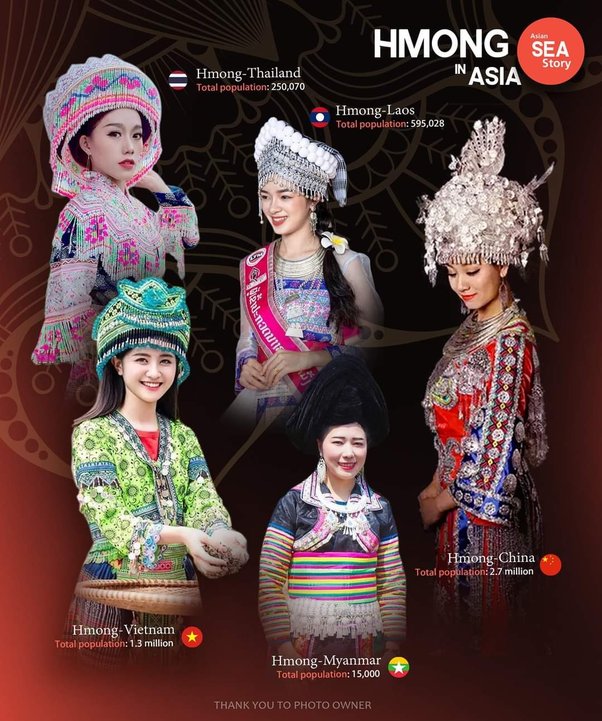
Hmong people don’t tend to dress this way nowadays, other than at weddings, festivals and, of course, in tourist hot spots. In Sapa, many people were wearing the traditional clothing, including leggings that were meant to protect them from insects and injury to their legs while farming. We booked a local trekking tour while we were in Sapa, and our guide told us how tight those leggings are and how she can’t bring herself to wear them anymore because they’re so uncomfortable. I can’t say I blame her!
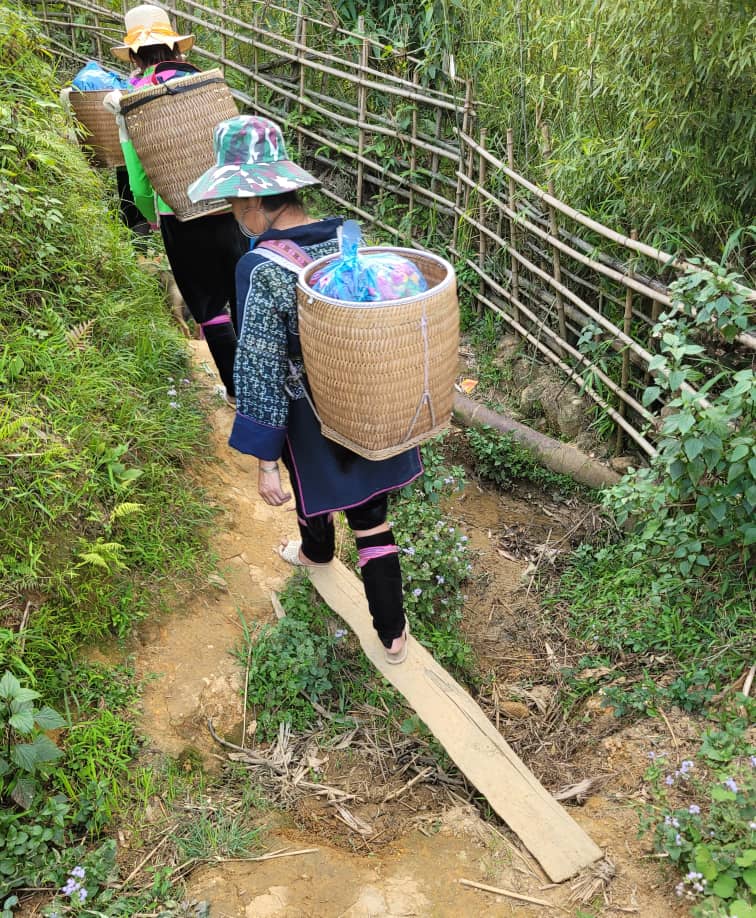
The Hmong people in Sapa still eat many traditional foods, including a lot of plants that grow locally, like bamboo, and other natural-growing greens. Our guide pointed out several different ones that her family eats, but she didn’t know the English names for them (and I would have forgotten the Hmong names).
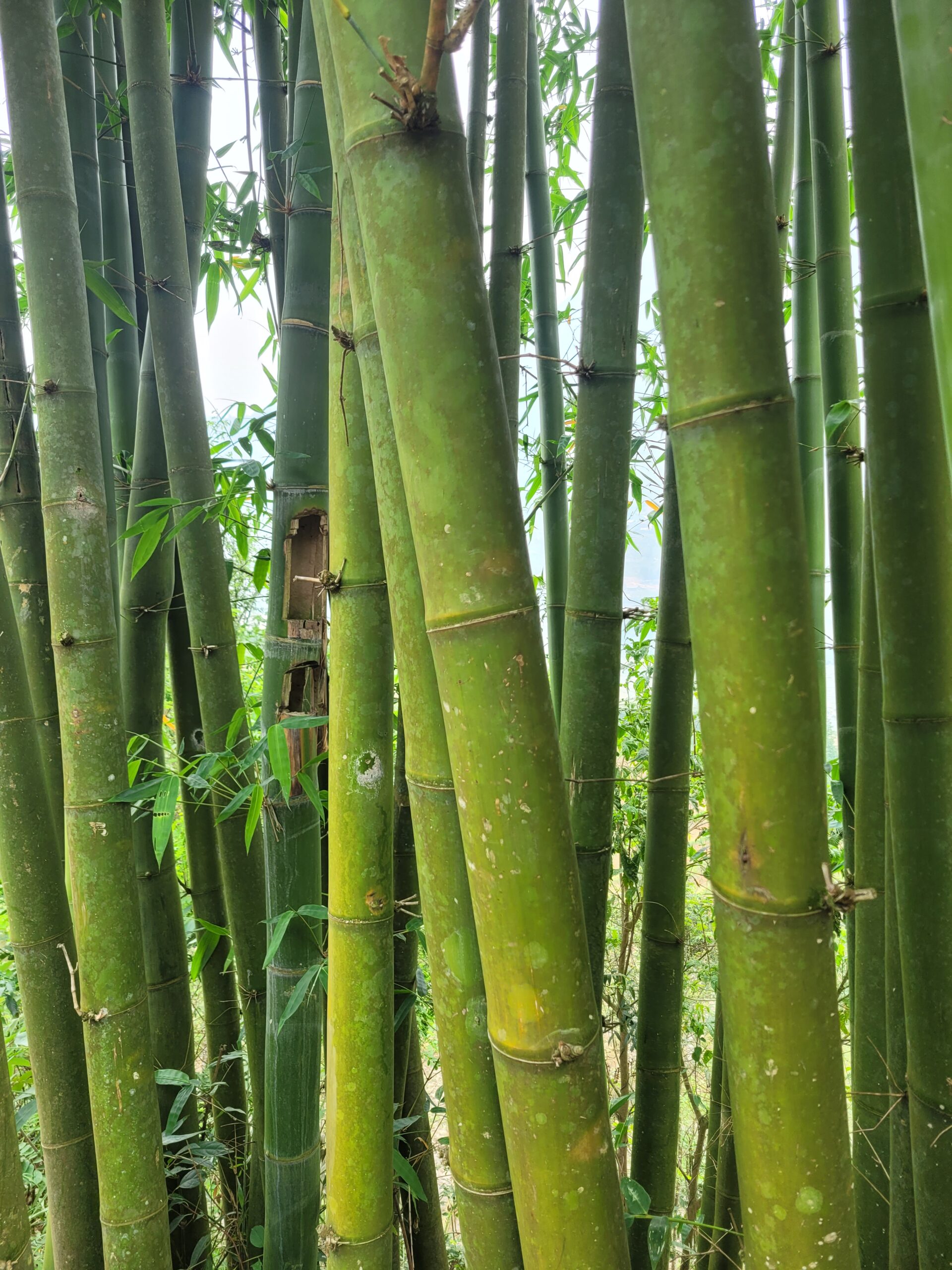
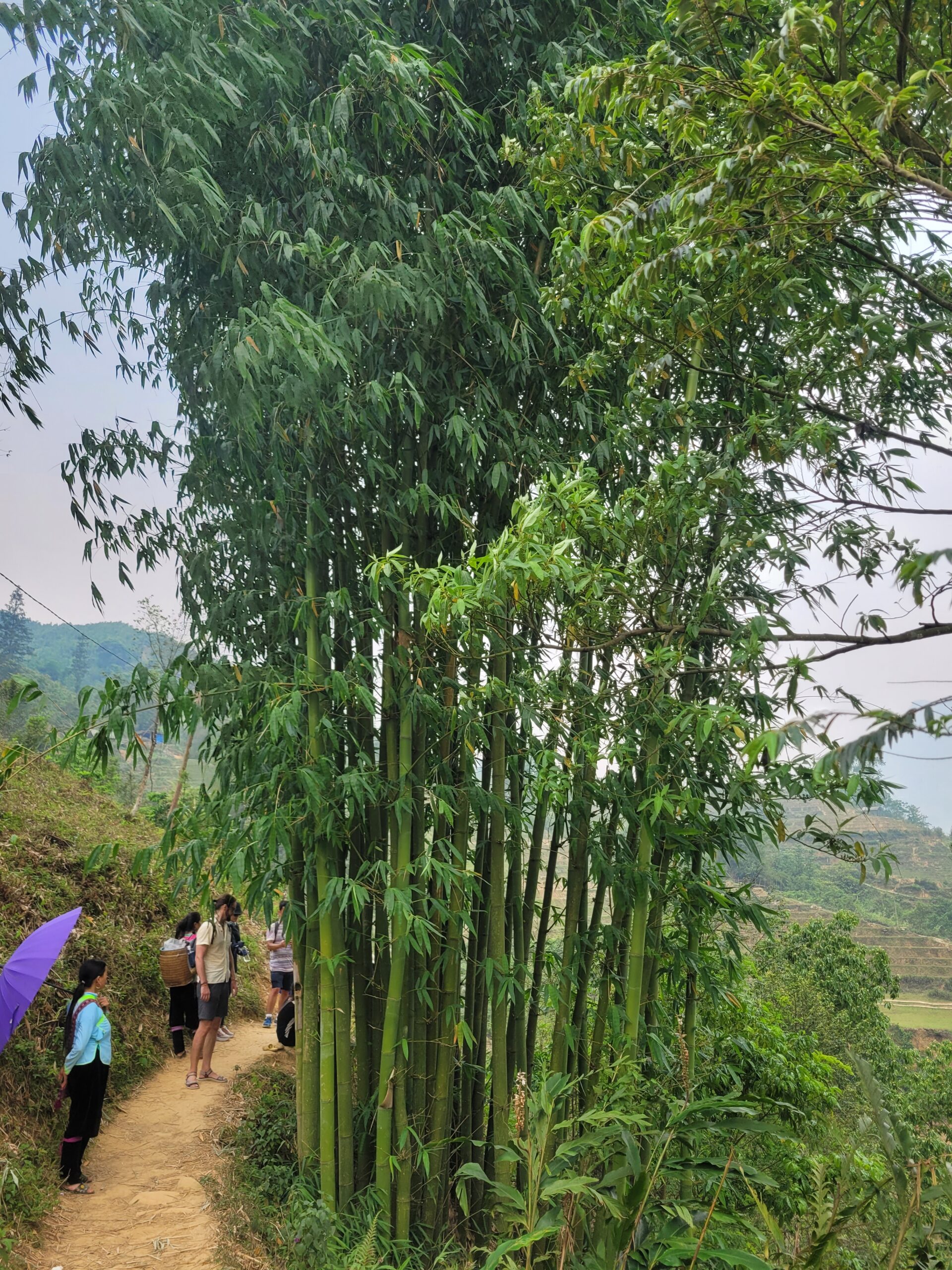
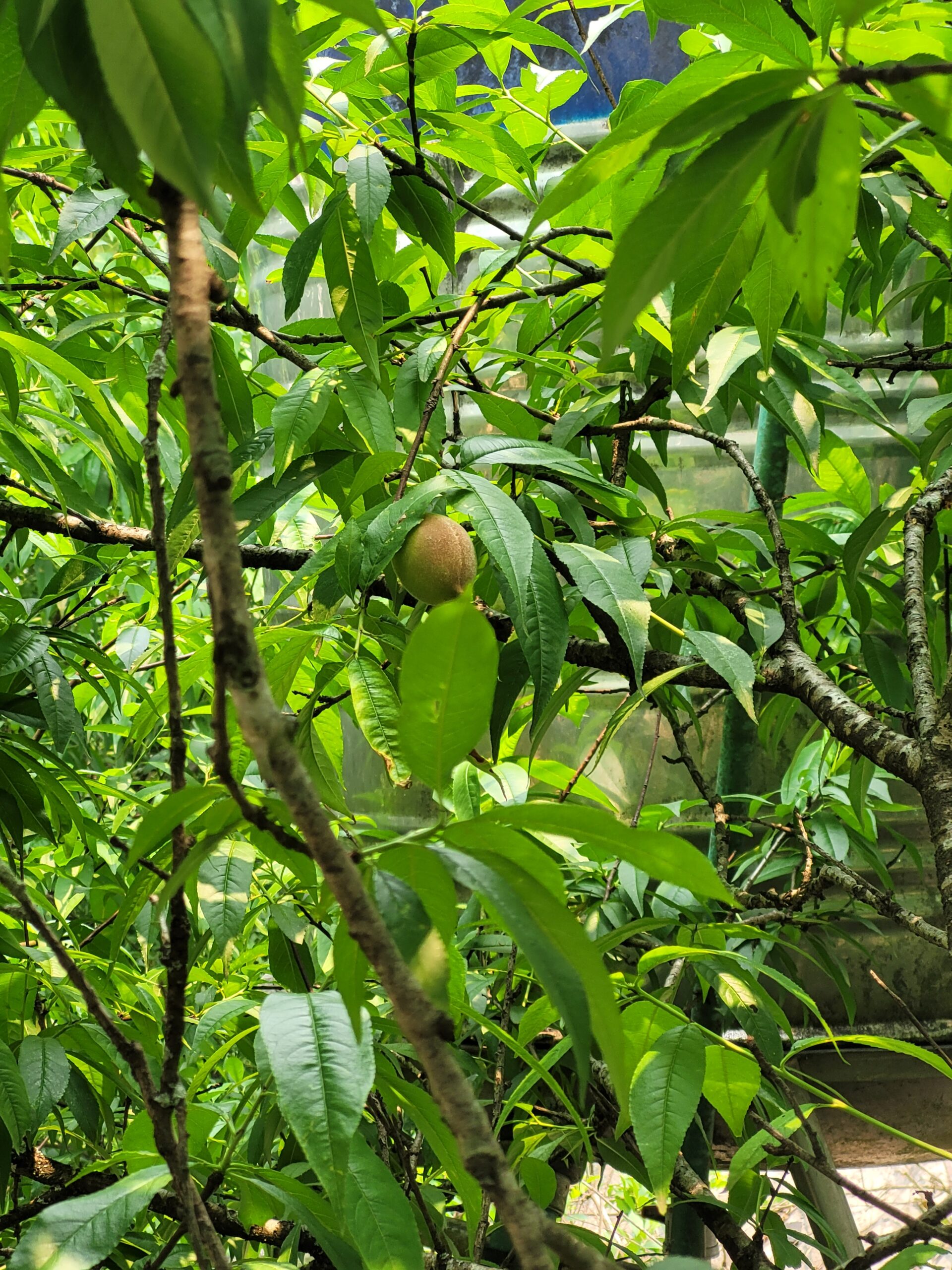
We were lucky enough to be invited to eat a meal with local Hmong people while we were in Sapa. We sat on the floor on a big blanket and ate communally (a much better way to eat, in my opinion, because you get to try a little of everything) with locals, some of whom spoke a bit of English. They served salmon (farmed in Sapa!), bamboo, corn & tofu, chicken, greens and the best spring rolls I think I’ve ever eaten!
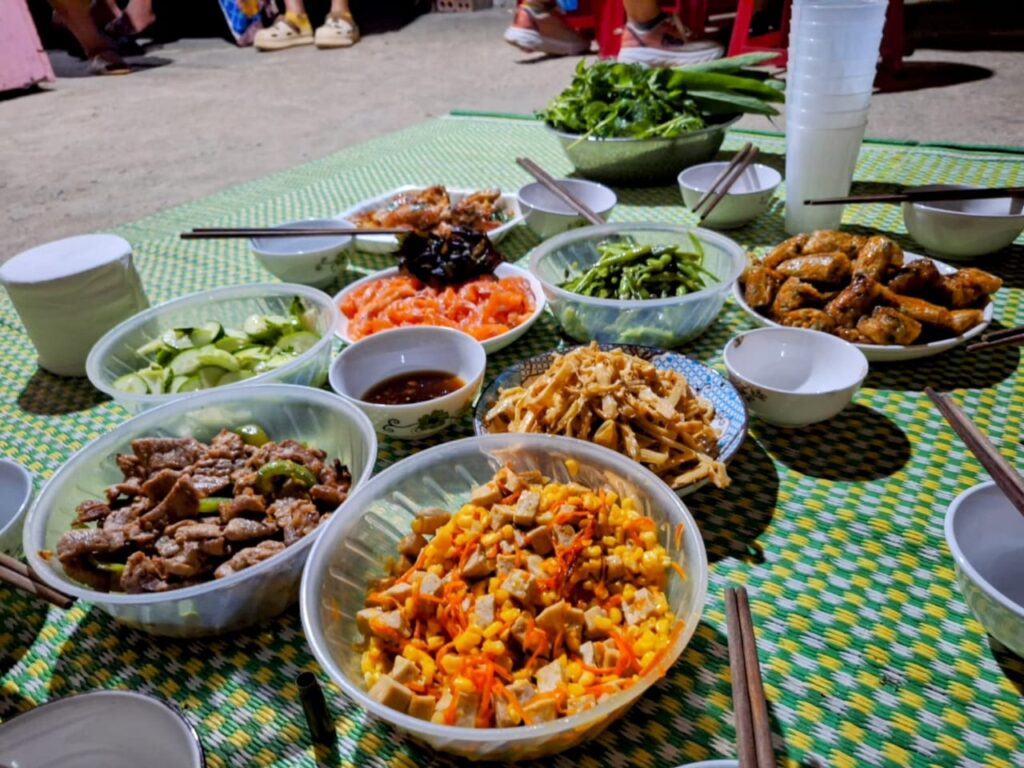
The owner of the home apologized for not having a bigger place to host us, thinking that we had expected something grander…but honestly, it was one of the most perfect meals I’ve ever had. Home made, with meat grown right in their back yard and vegetables farmed from their own fields. It was delicious and we were so lucky to have the experience!
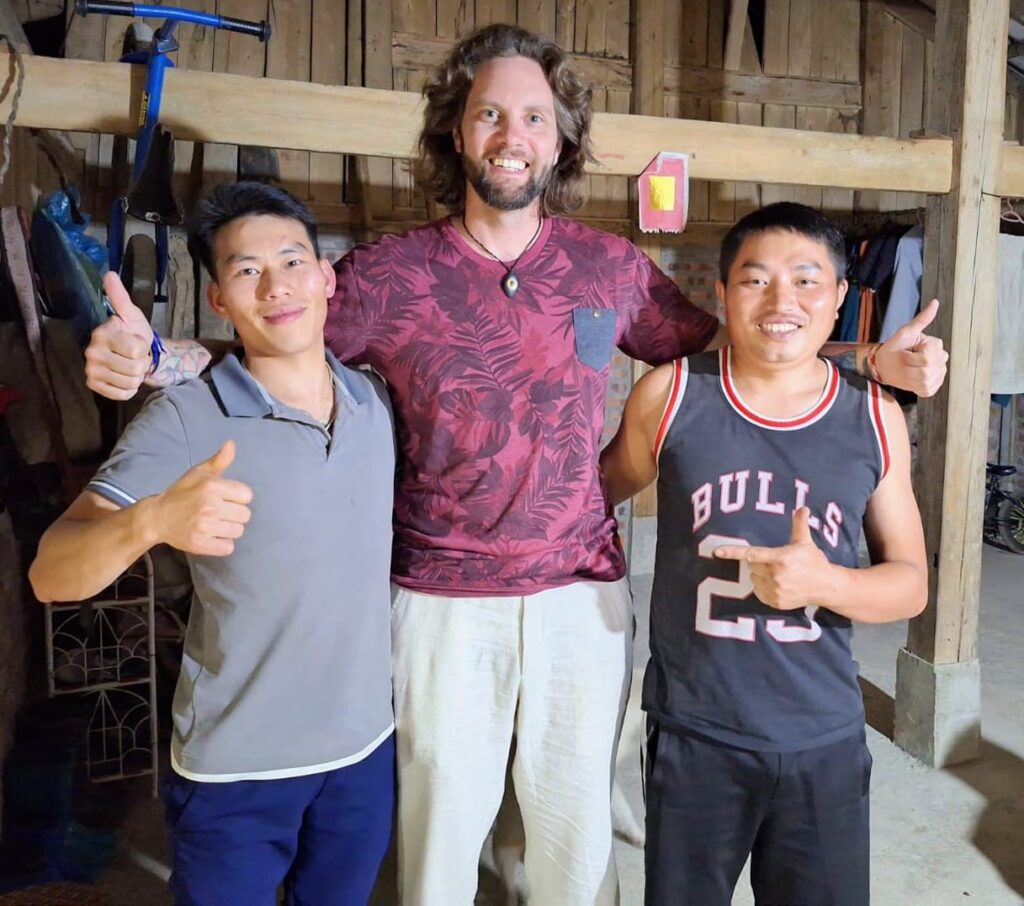
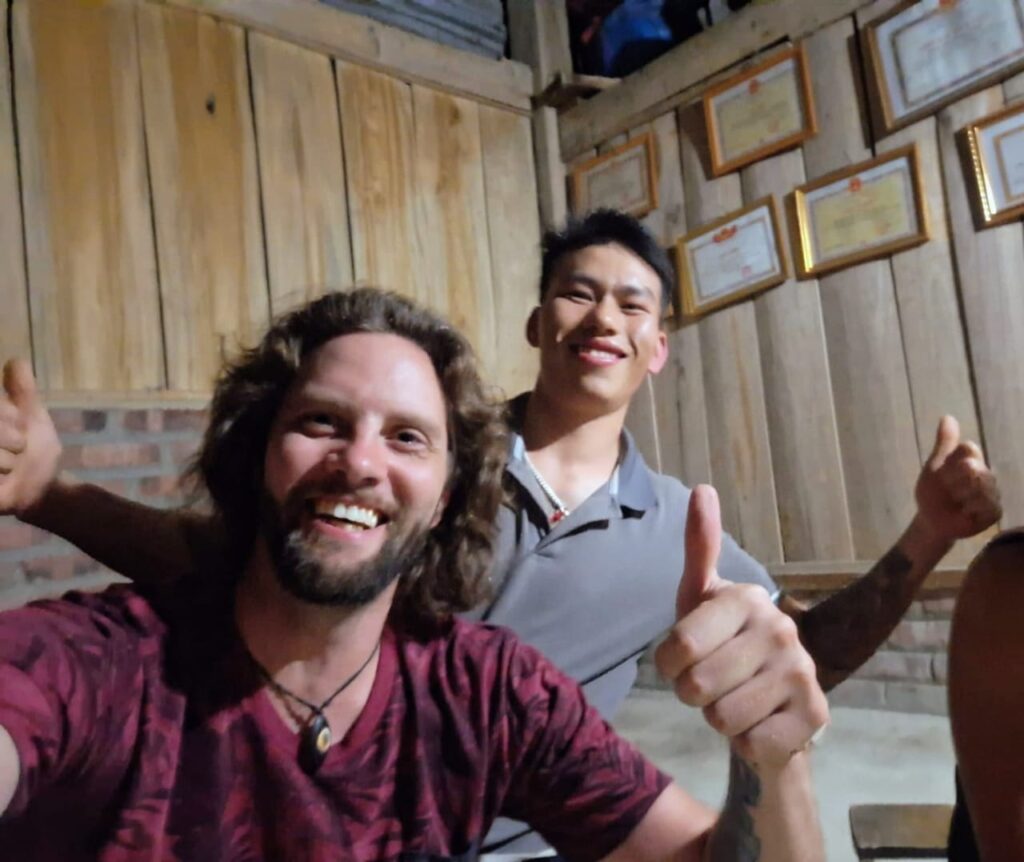
Hmong Textiles
Hmong textiles are abundantly sold all over Sapa city and in most little villages in the area. You will see women with baskets on their backs while you’re out trekking or in town, and these baskets are often full of pillow cases, table runners, shirts, stuffed toys, wall hangings and myriad other hand-made textiles. They’re beautiful!
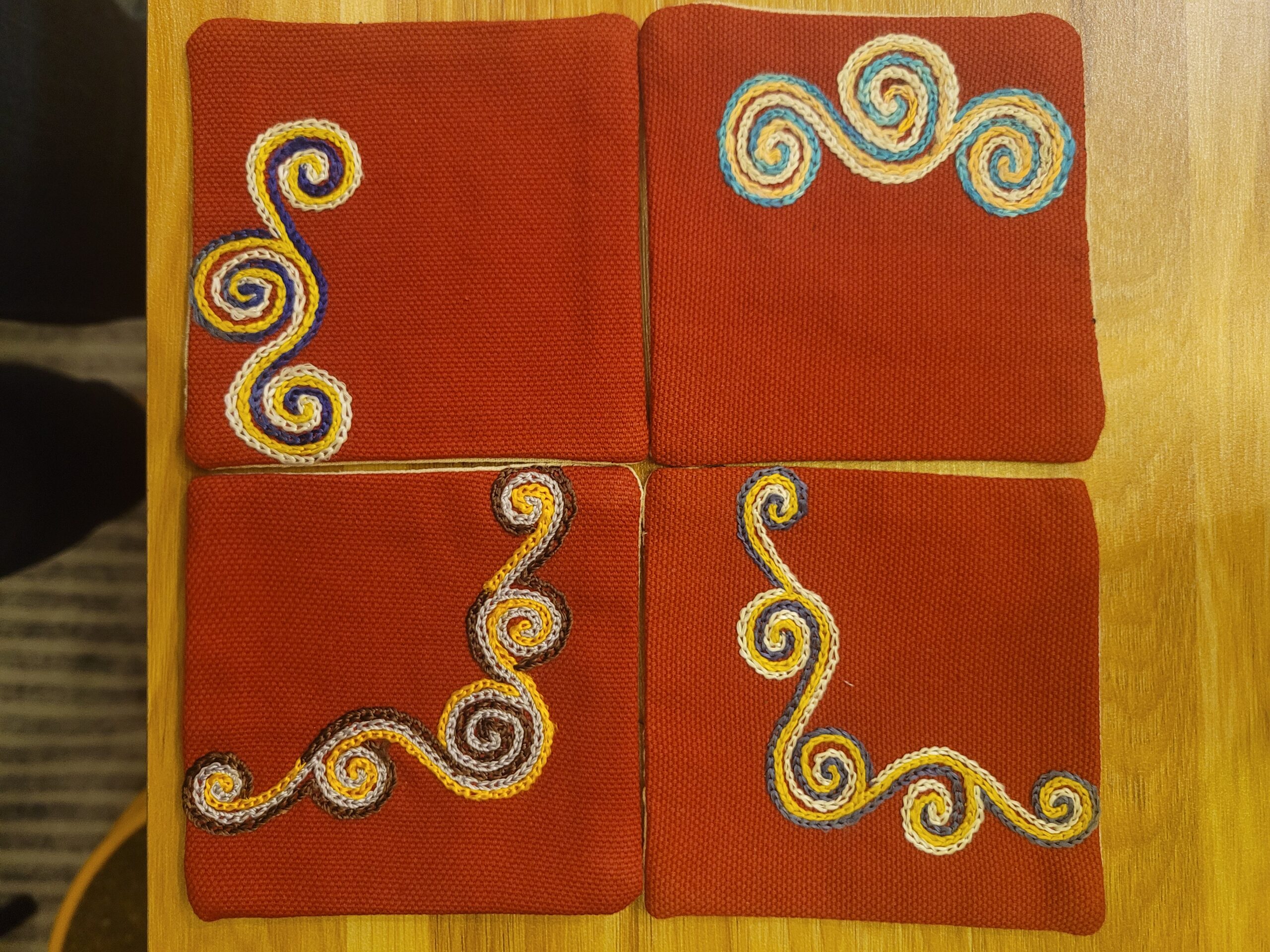
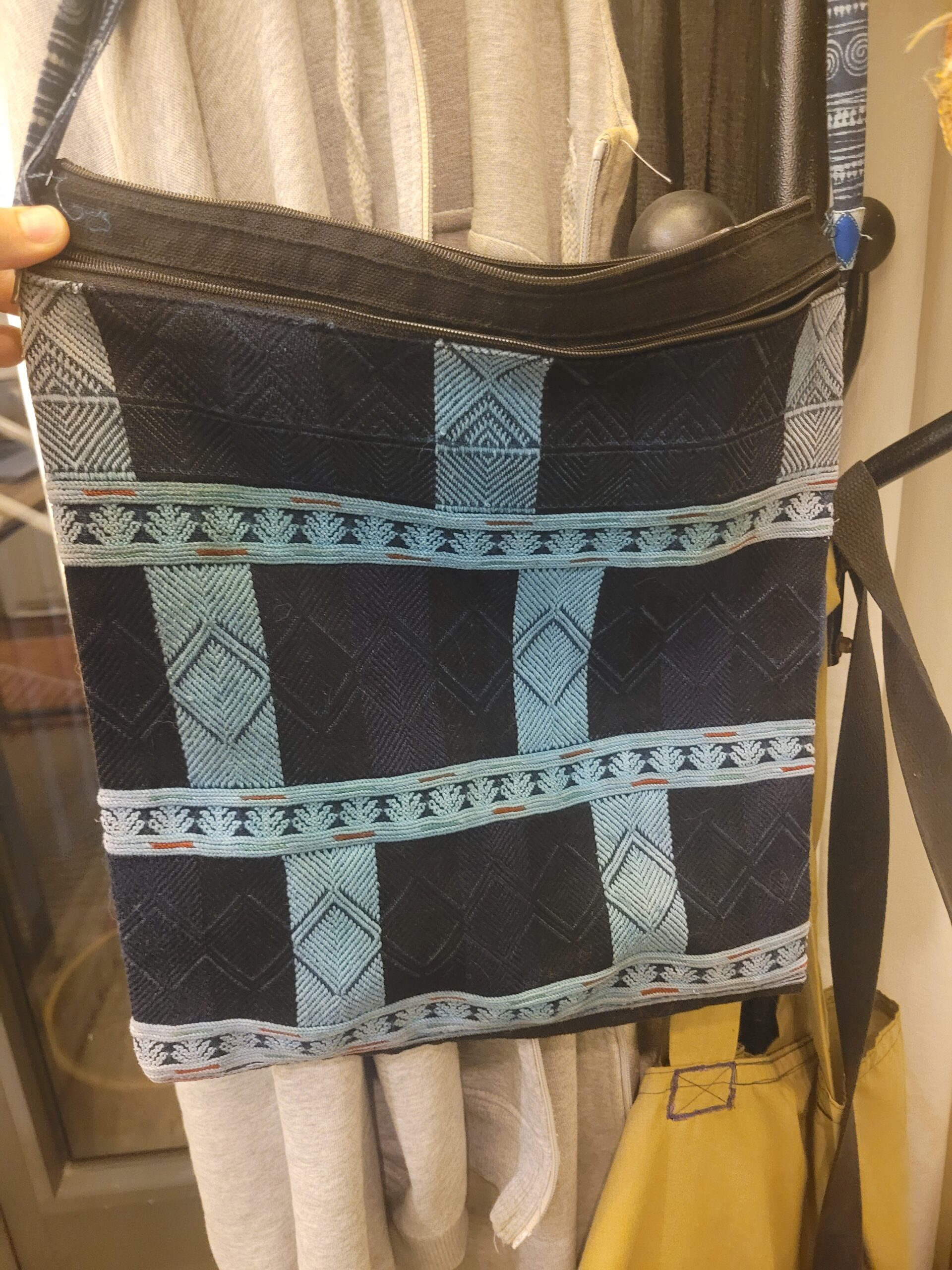
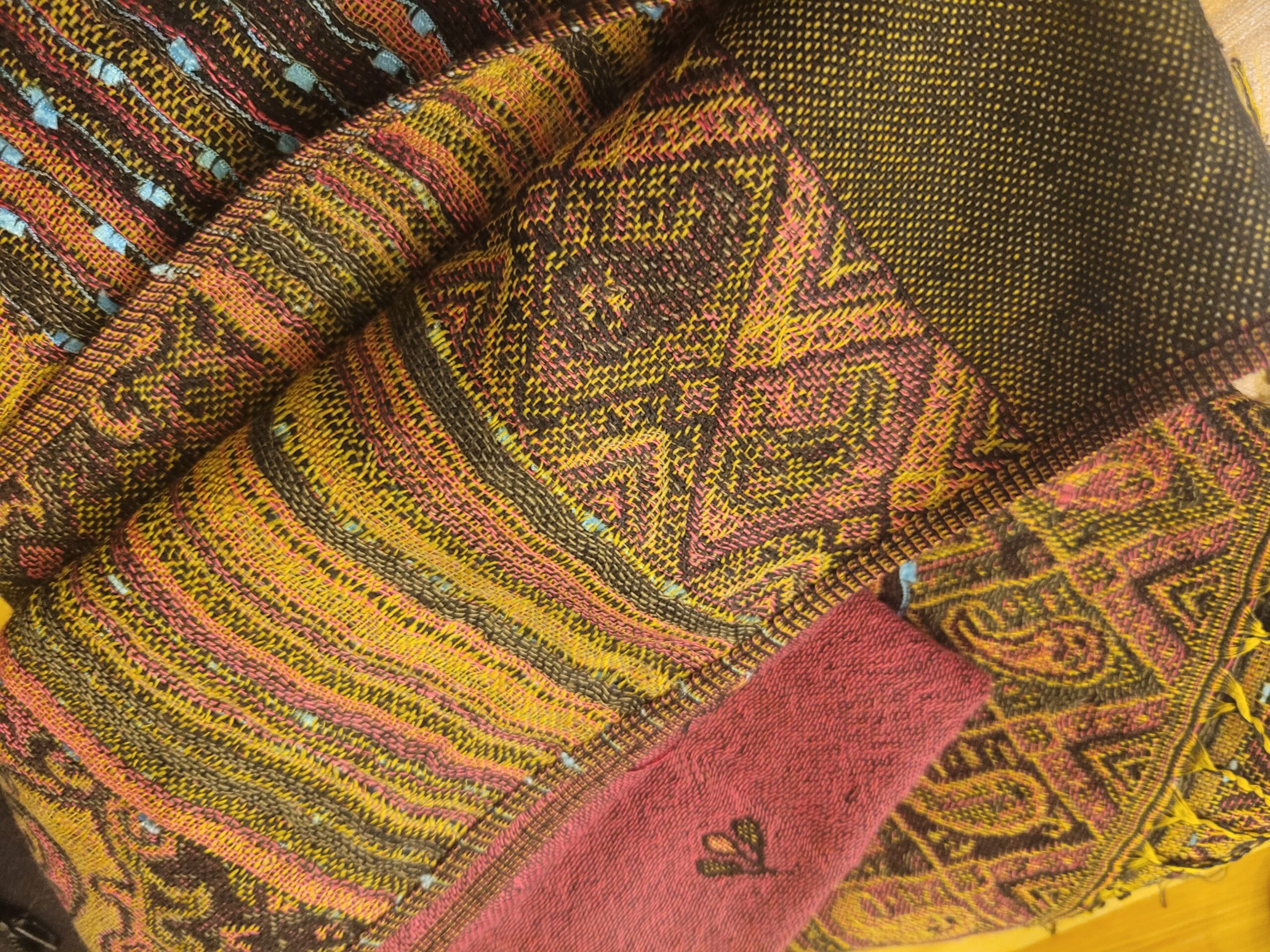
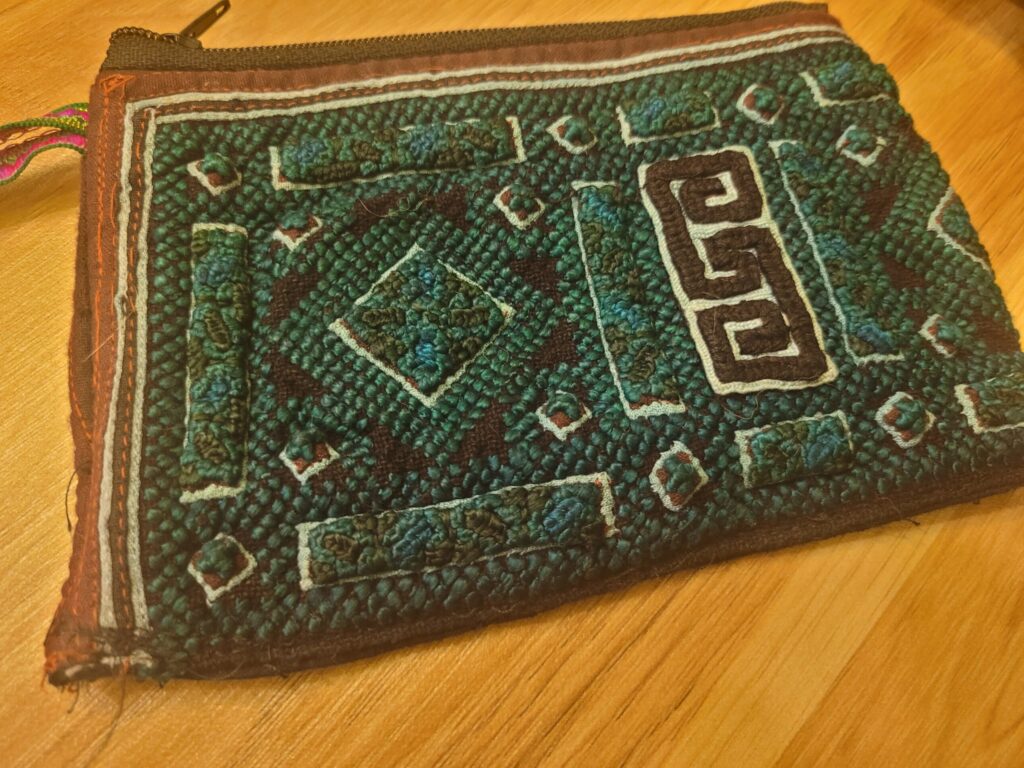
If we had had more time, I would have loved to take a textile making class with a local group. The indigo plant grows naturally in the area, and is used in many of the Hmong textiles. They dye hemp with it and use it for cross stitched and woven textiles. They also dye pieces of fabric indigo, but before they dip the fabric into the dye, they cover parts of it with bees wax. After the dying is complete, they remove the wax and a pattern is left behind.
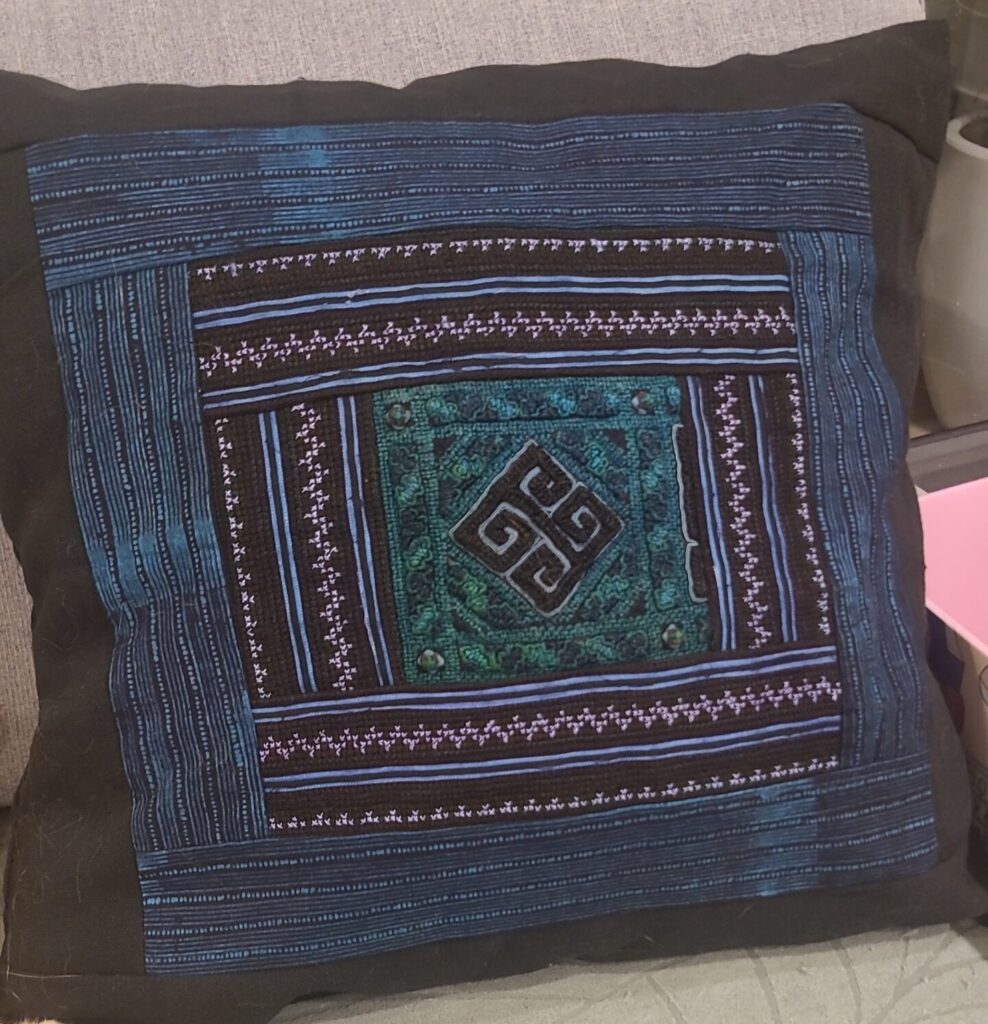
Hmong Home Stays and Tours
If you’re a traveler, like me, and are planning to visit Sapa yourself, I HIGHLY recommend staying in a home stay outside of Sapa town. You’ll get to experience a lot more of the Hmong culture (and you’ll see Dao and Tay culture as well) and you’ll learn a lot more about the area. Sapa’s surrounding countryside is riddled with home stays to choose from, at all different price points, so you’ll certainly find a place that meets your budget and needs.
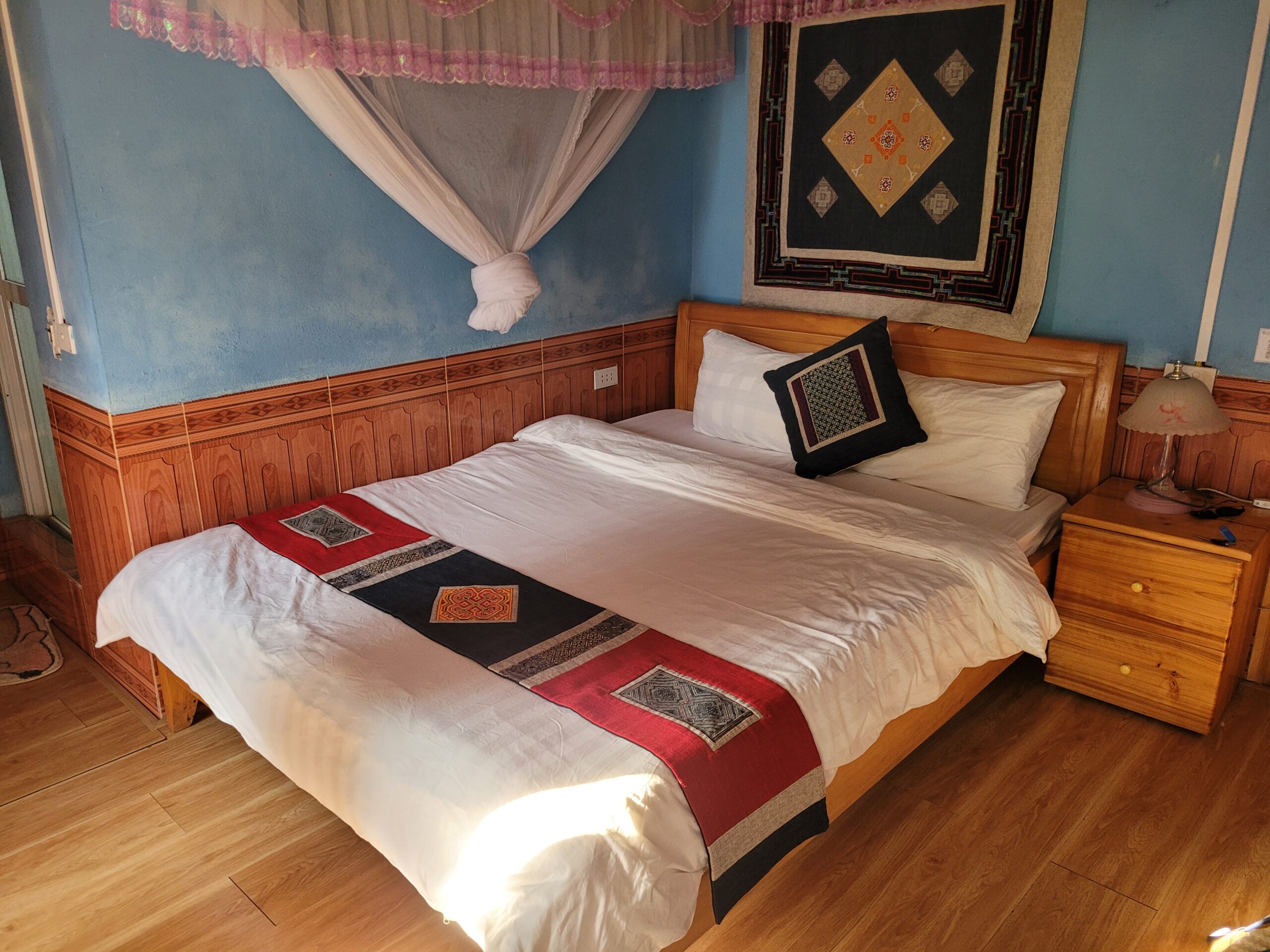
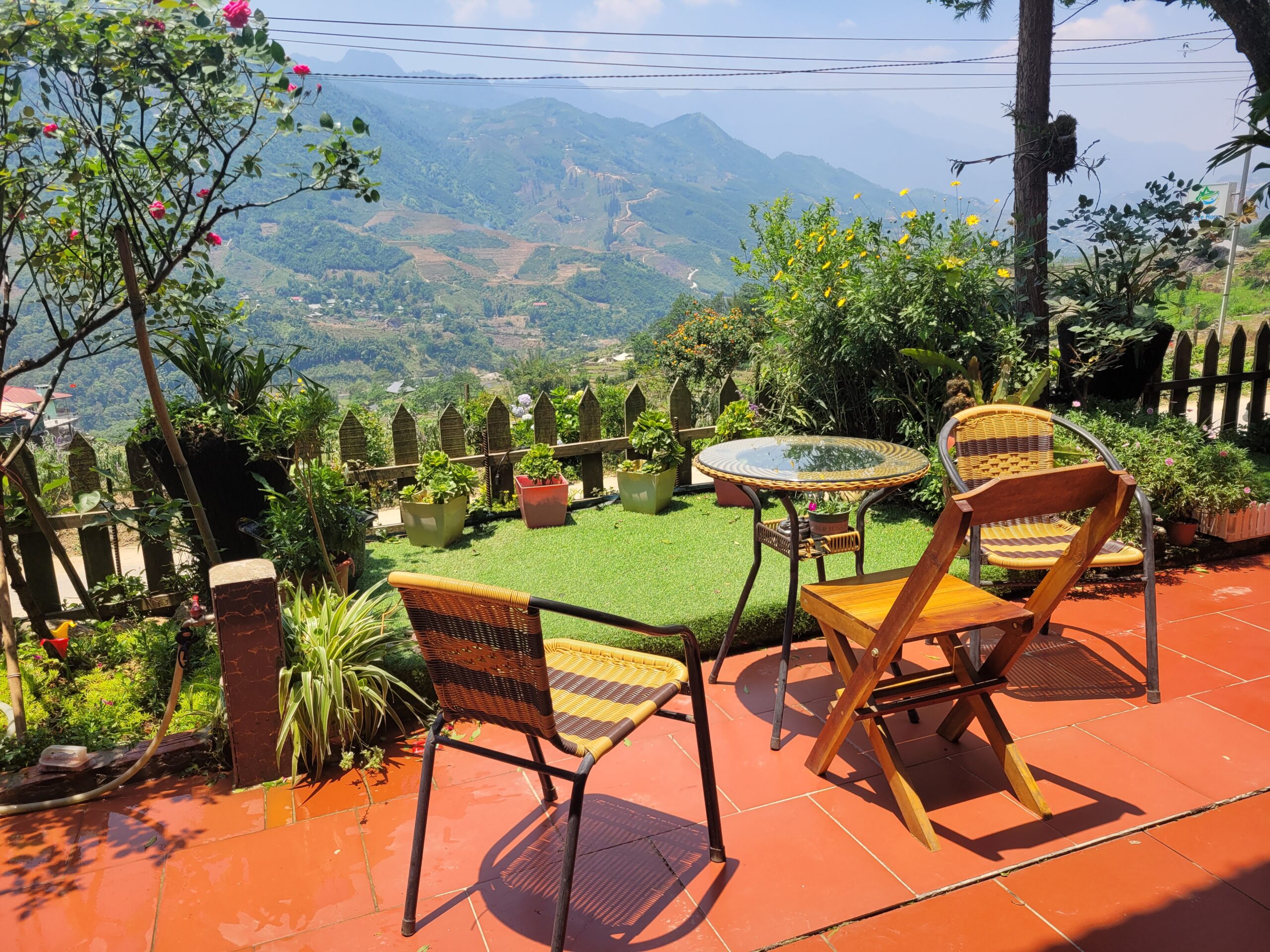
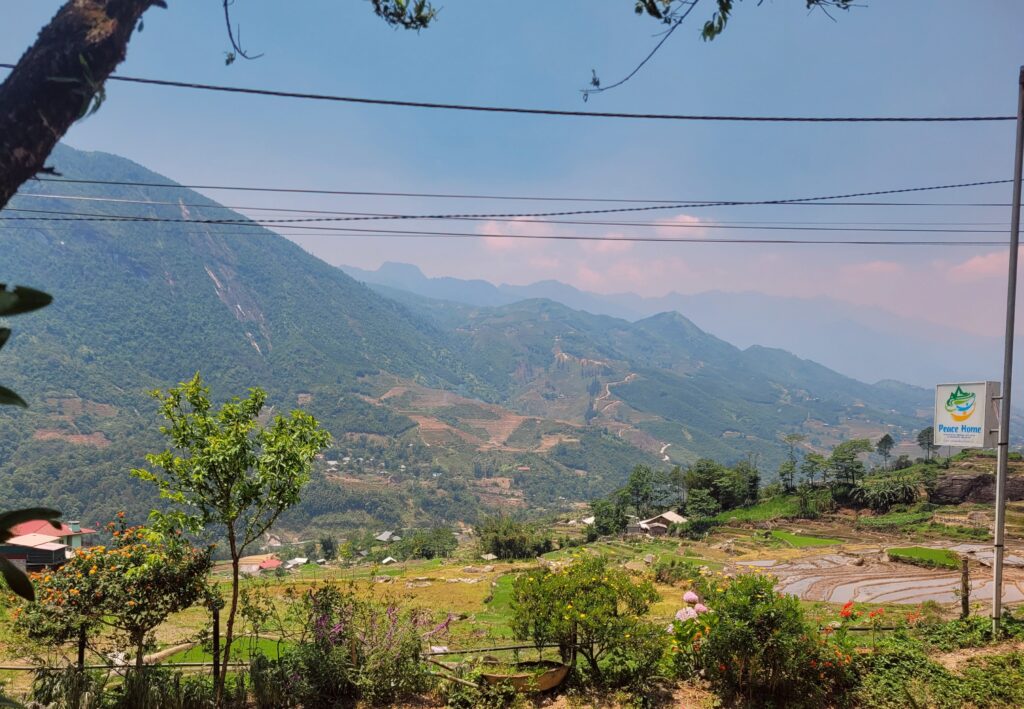
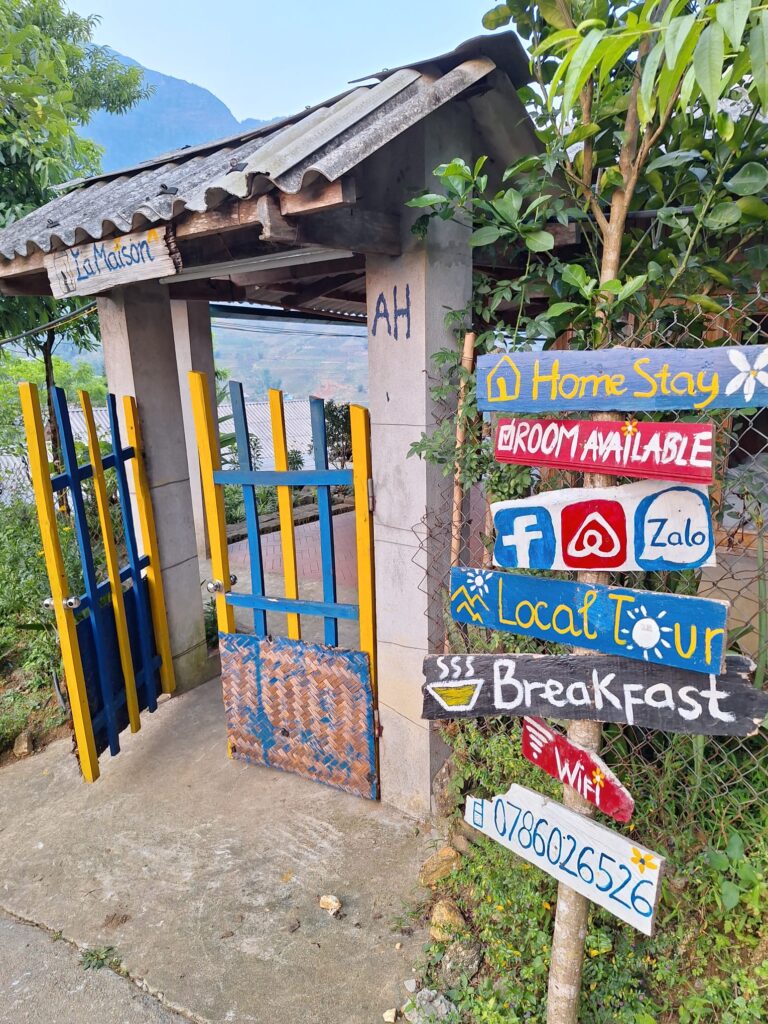
I also recommend booking a tour with a local guide. They aren’t hard to find, and there are always women walking around the center of Sapa town offering to take you on a tour if you’d like. When you choose to do a tour with a local, rather than a big tourism company, you help support a whole family. Many of the people in Sapa rely on tourism income to make a living. Best of all, you get insight into the culture that you won’t get from mass tourism, and most local tours are one on one, so you don’t have to deal with a big tour group.
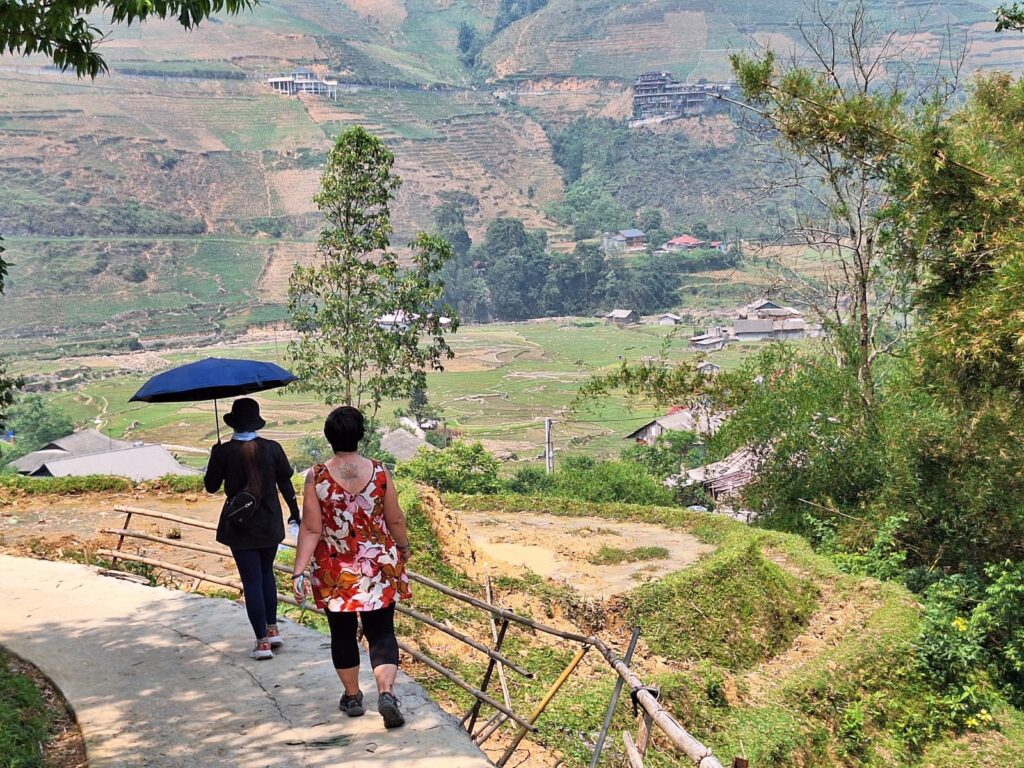
We booked with Dragon Mountain Family. You can check out their website here. They provide a lot of different types of tours. We didn’t have much time so we just did the single day tour, but they do longer ones and ones that are in other areas of Northern Vietnam as well.
We also did an impromptu tour with 3 local women who found us lost on the rice terraces. What started as a motorbike road, turned into a small path and we were struggling to find a good place to turn the motorbike around. We’d been looking for the bamboo forest at the time, and suddenly 3 Hmong women appeared and asked if we were lost. We explained that we were just looking around, and they offered to walk us through the bamboo forest. It was honestly so nice! They didn’t charge us a fee, but of course, we bought textiles from all three of them. I absolutely love bright colours, so the Hmong indigo art is hard for me to turn down.
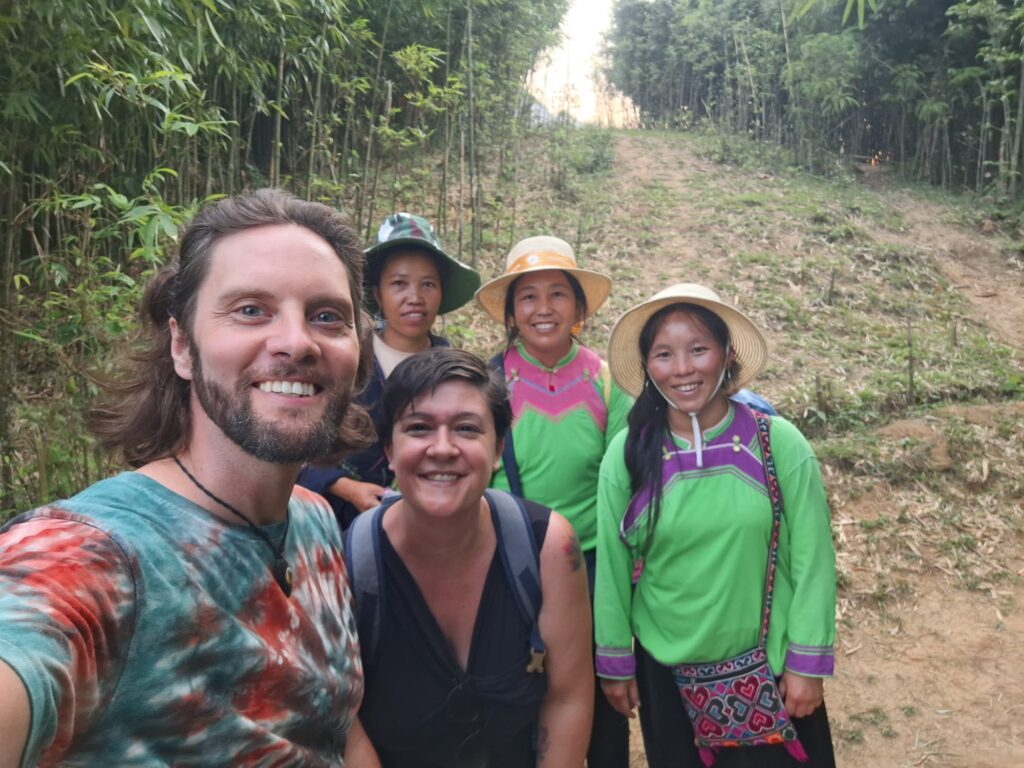
We learned a little bit about Hmong culture from them as well. I was really surprised to hear that they learned most of their English just by chatting with tourists like us. Our guide from Dragon Family repeated that same experience. We were in Sapa during a national holiday, so kids were home from school, and more than once the owners of restaurants had their kids bring us our coffees or food and strike up little conversations. What a great way to learn a language!
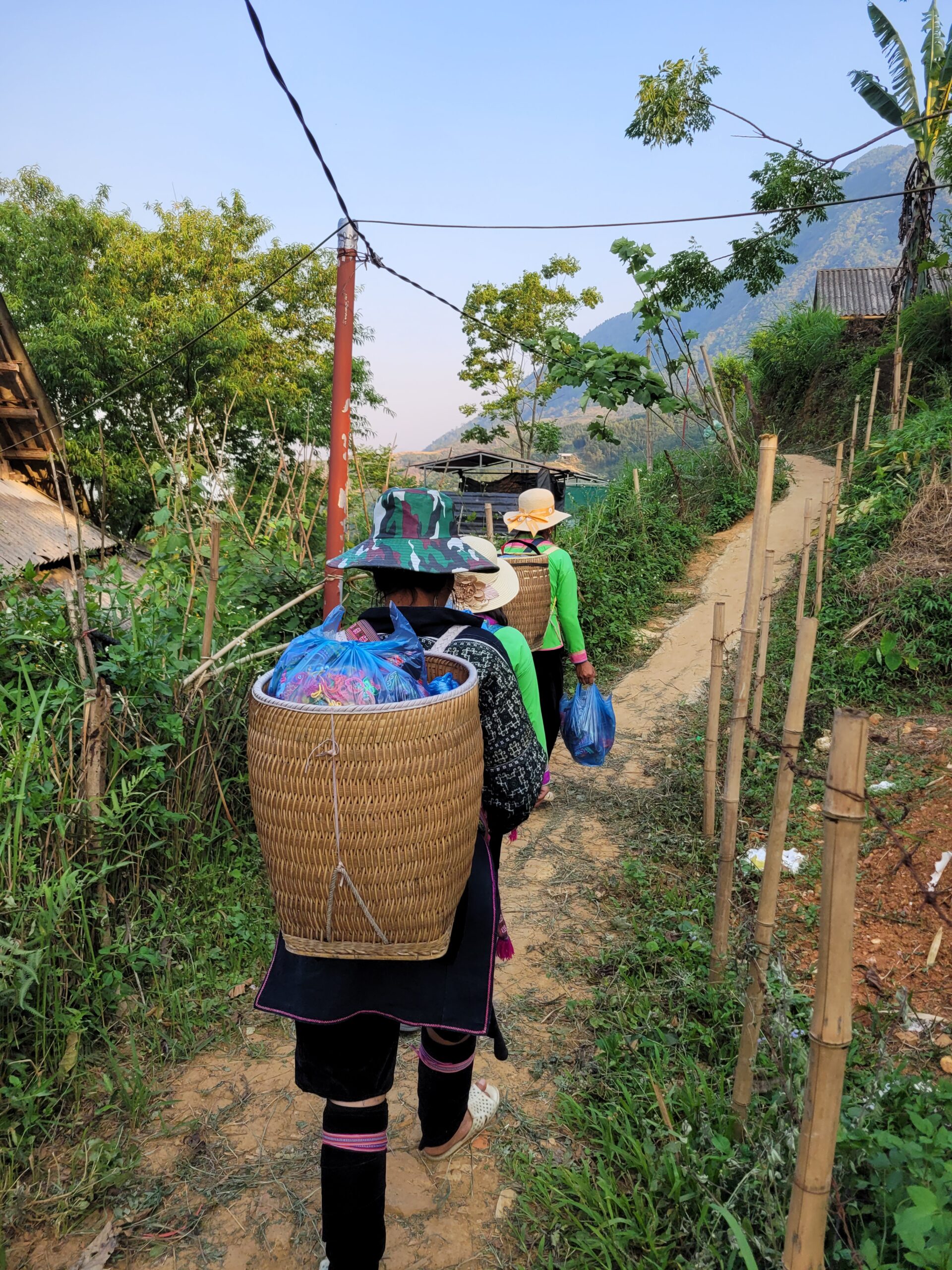
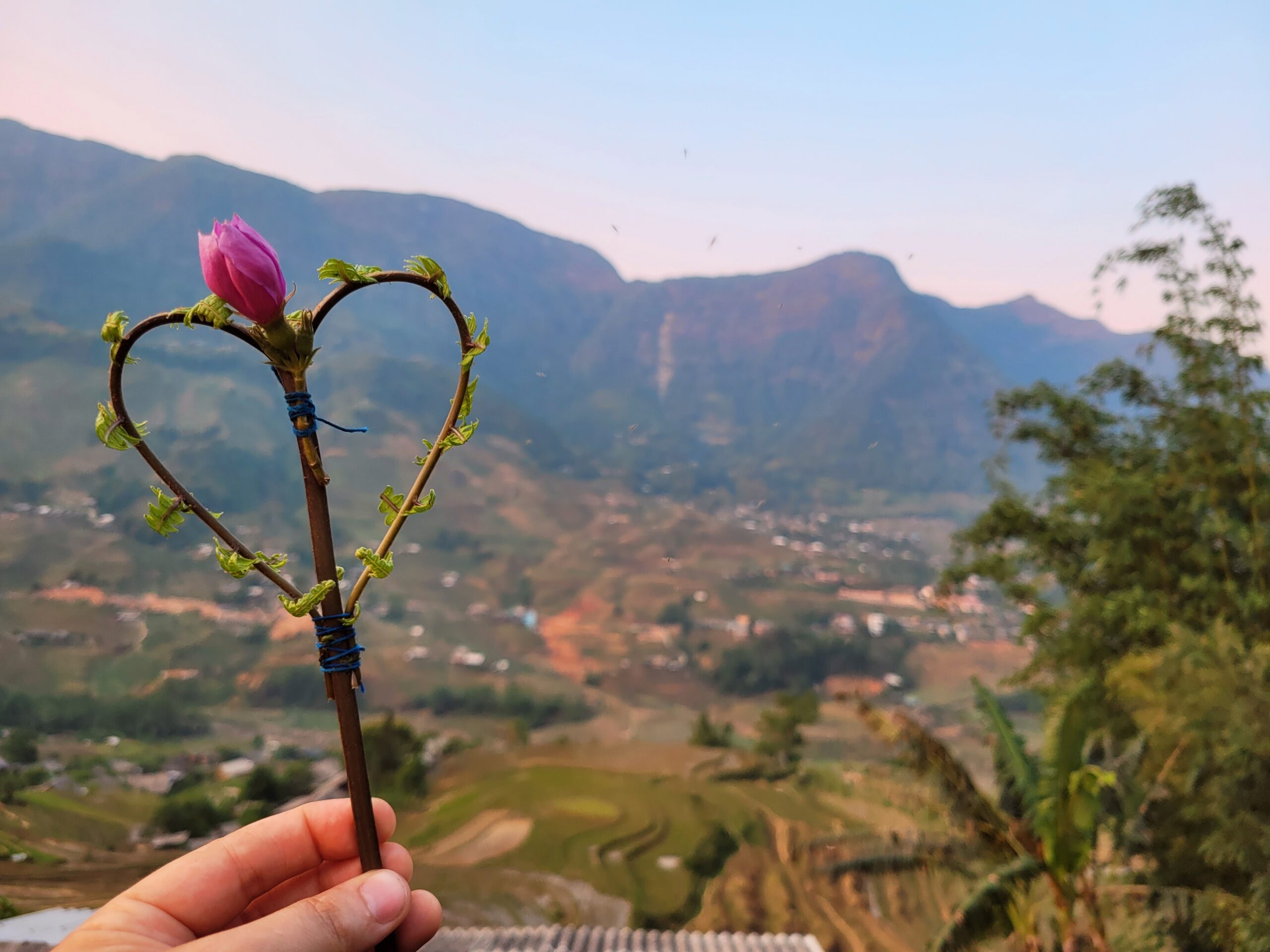
So, I hope you’ve learned a little bit about some of the culture you can experience in Sapa. If you’ve never been to this beautiful area, you should definitely consider visiting! Before we’d even left, we were talking about coming back! Lucky for us, it’s only 6 hours away by bus!
I’ll be back with one more post about Sapa, and that one will include lots more pictures of the terraces and Sapa town! Stay tuned!
